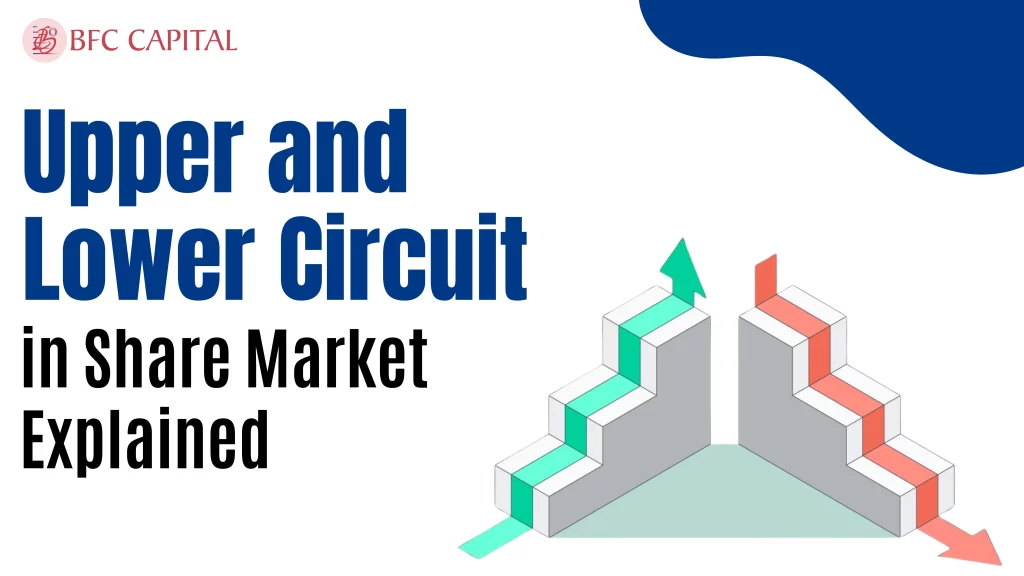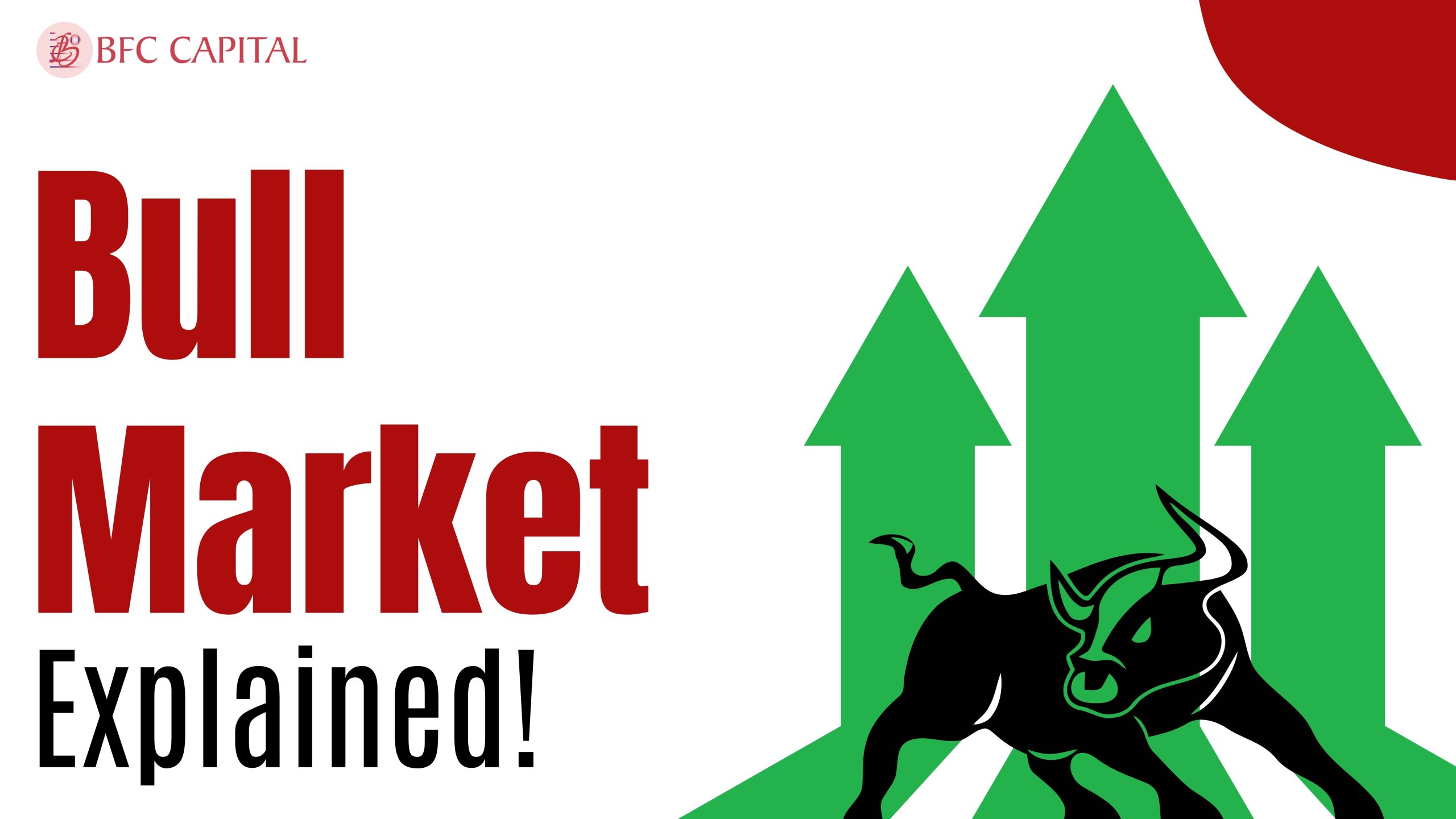
Upper Circuit and Lower Circuit in Share Market
In the world of the share market, upper circuits and lower circuits are two very common terms. For beginners, those terms might sound a bit intimidating, but understanding the mechanism is essential to investing in the market. If you prefer buying shares, depending on your decision, then you should be aware of the concept of upper and lower circuits. But those who still depend on the brokers must get clarity regarding both the terms.
Here in this blog, we will let you know the crucial facts about upper and lower circuits in the market. So, stay with us and get further insights.
Table of Contents
Upper Circuits
When a company’s stock reaches the maximum price range in a particular trading session, you can call it an upper circuit. To reduce and mitigate the volatility of the stock price and also to protect the investors from sudden movements, these circuits are introduced by the stock exchange. When investors or traders understand this, they will easily know the market sentiment, and therefore, they will be able to make more informed decisions even in a bullish market.
Lower Circuit
Lower circuit refers to the opposite band of stock price. In simple terms, a lower circuit refers to the condition when a company’s stock price reaches its lowest level.
Once the stock price hits the lower circuit in a trading session, trading on that particular stock becomes temporarily suspended. To safeguard the investors or traders and also to prevent excessive falls in price, this rule is carried out during a lower circuit.
Why Did The Stock Exchange Implement The Limits?
Always remember the share market is an uncertain place, so volatility will be a part of trading. Due to corporate announcements, global events, different kinds of news, and also due to rumours, stock prices can move massively. This is why the exchanges have introduced upper and lower circuits in place to maintain stability in the stock prices and also to protect the financial system, along with the investors. Both circuits give people time to rethink before making any kind of impulsive decisions.
How Do Circuits Work?
In the stock exchange, every stock is assigned a price band by the regulatory authorities. These limits are determined depending on the past volatility record and the category of the stock.
There are 3 common price bands in the stock exchange: 5%, 10%, and 20%. It means a stock can only fall or rise under these percentages within a single trading session.
For example, XYZ company’s stock closes at Rs 200/- on a given day. The circuit limit for the particular stock is 10%. On that day, if the stock reaches the upper circuit, then the stock price will be Rs 220/-, and if it reaches the lower circuit, then the price will be Rs 180/-. When the stock reaches any of the limits, trading on this particular stock will be temporarily suspended.
Why Do Stocks Hit Upper & Lower Circuits?
There are multiple reasons why these stocks hit both circuits. The reasons are,
- Sometimes, a rumour in the market can trigger price volatility. Rumours make people confused about the truth or falsity of a particular situation; therefore, it impacts the share price.
- When the trading volume of a stock is lower, it will be more prone to hitting the circuit. A small number of buying orders may lead to huge price movements.
- Positive news of a particular company or industry will drive the stock to its upper circuit. On the opposite side, negative news like scandals or financial falls will lead to lower circuits.
- For upper circuit and lower circuit market sentiments, they can be highly impactful. A bullish market can push up a stock, and a bearish market can drag down a stock.
How The Circuits Advantage The Investors
For long-term investors, understanding the circuits is extremely essential to gain some advantages.
- Extreme volatility in the market makes the condition unpredictable for investors; therefore, the circuits can help them by managing the risk.
- With the help of the upper circuit and the lower circuit, traders and investors can find out opportunities to buy or sell a stock.
- When the stock hits any of the circuits, try to be patient. It will help investors to make more rational decisions.
- It helps investors to stay informed regarding the current news of the market.
Are the Circuits Good or Bad for the Market?
Upper circuit and lower circuit both have their pros and cons. However, it can be impactful for the traders compared to the long-term investors. Circumstances can give investors a couple of times to reassess everything; at the same time, it can also trap the investors, whether they need to exit a position, particularly for the low-liquidity stocks.
Wrapping Up
No matter whether you are an experienced investor or just a beginner, when you understand the mechanism of the upper circuit and lower circuit, it will help you to understand the market sentiment easily and make more informed decisions. Always remember, the share market circuits work like a traffic signal as they regulate the flow of trades.
Please share your thoughts on this post by leaving a reply in the comments section. Contact us via Phone, WhatsApp, or Email to learn more about mutual funds, or visit our website. Alternatively, you can download the Prodigy Pro app to start investing today!
How are upper circuits and lower circuits calculated?
The circuits are calculated depending on the percentage of a stock’s previous closing price. Other than this, depending on the volatility and exchange regulation of a stock, the common limits are 5%, 10%, or 20%.
What happens when a stock hits the lower circuit?
When the stock hits the lower circuit, no more sell orders can be placed below the limit.
Can I sell my share if a stock is stuck in the upper circuit?
Generally, it’s a bit difficult, as there should be no available buyers if the stock gets locked in the upper circuit.
Who set the upper and lower circuit limits?
Under the regulations of SEBI, stock exchanges like NSE and BSE set these limits.
Disclaimer – This article is for educational purposes only and does not intend to substitute expert guidance. Mutual fund investments are subject to market risks. Please read the scheme-related document carefully before investing.

Assistant Vice President – Research & Analysis
Akash Gupta heads the Research & Analysis department at BFC CAPITAL, where he combines in-depth market insights with strategic analysis. He holds multiple certifications, including:
- NISM-Series-XIII: Common Derivatives Certification
- NISM-Series-VIII: Equity Derivatives Certification
- NISM-Series-XXI-A: Portfolio Management Services Certification
- IRDAI Certification
With his expertise in equity, derivatives, and portfolio management, Akash plays a key role in providing research-backed strategies and actionable insights to help clients navigate the investment landscape.







